Introduction: A Taste of Tradition
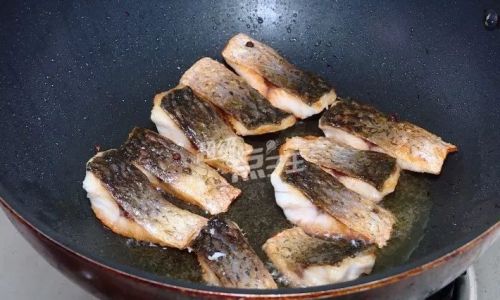
In the vast culinary landscape of China, where flavors and techniques intertwine to create dishes that are both timeless and innovative, one particular delicacy stands out for its unique blend of textures and tastes: fried glutinous rice cake fish, or “Ziba Fish” as it is affectionately known in some regions. This dish, with its crispy exterior and tender, flavorful interior, is a testament to the ingenuity of Chinese cuisine and the art of frying. It combines the simplicity of fresh fish with the rich, sticky texture of glutinous rice cakes, all enveloped in a golden, fragrant crust.
The history of fried glutinous rice cake fish is intertwined with the stories of rural China, where fish was a staple protein source and glutinous rice cakes were a cherished treat, often reserved for special occasions. Over time, the two ingredients were cleverly combined, resulting in a dish that has become a beloved part of many Chinese families’ culinary heritage.
In this article, we will embark on a culinary journey, exploring the intricate steps involved in preparing this delightful dish. From selecting the perfect fish and rice cakes to mastering the frying technique, we will delve into the nuances that make fried glutinous rice cake fish a true culinary masterpiece.
Section 1: Ingredients and Preparation
Before diving into the cooking process, it is crucial to gather the necessary ingredients and prepare them meticulously. The quality of each component will greatly influence the final outcome of the dish.
1 Selecting the Fish
The choice of fish is paramount. Ideally, you should use a firm-fleshed, white-meat fish such as carp, grass carp, or catfish. These varieties hold up well to frying and have a flavor that complements the glutinous rice cakes. Freshness is key; ensure that the fish is caught or purchased as recently as possible to guarantee the best taste and texture.
When preparing the fish, begin by scaling and gutting it. Rinse the fish thoroughly under cold running water to remove any blood or impurities. Pat it dry with paper towels to ensure that no excess moisture remains, as this can cause the oil to splatter during frying.
Next, cut the fish into steaks or fillets, depending on your preference. For a more traditional presentation, keep the fish in whole form, but score the skin in diagonal cuts to allow the seasoning to penetrate deeper.
2 Preparing the Glutinous Rice Cakes
Glutinous rice cakes, or nian gao in Mandarin, are made from glutinous rice that has been steamed and pounded into a sticky dough. They can be found in Asian markets, often sold in rectangular blocks wrapped in plastic.
To prepare the rice cakes, slice them into thin strips or small cubes. The size will depend on your personal preference; smaller pieces will cook faster and create a crunchier texture, while larger pieces will retain more moisture and a softer interior.
3 Seasoning and Marinades
The seasoning for fried glutinous rice cake fish is relatively straightforward but crucial for developing the dish’s signature flavors. You will need salt, pepper, soy sauce, rice vinegar, garlic, ginger, and spring onions.
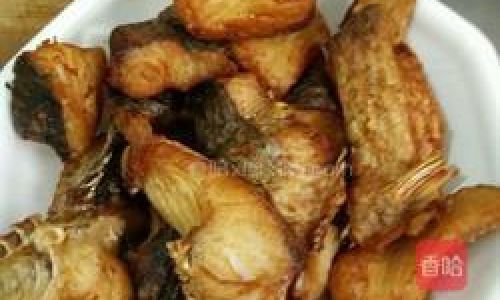
In a bowl, mix together a few tablespoons of soy sauce, a teaspoon of rice vinegar, a pinch of salt and pepper, minced garlic, and grated ginger. Add the fish pieces to the marinade, ensuring they are evenly coated. Let the fish marinate for at least 30 minutes, preferably refrigerated, to allow the flavors to meld.
4 Additional Ingredients
For the frying process, you will need vegetable oil, preferably peanut or canola, as it has a high smoking point and neutral flavor. You may also want to have a bowl of flour or cornstarch on hand for dusting the fish and rice cakes before frying, which will help create a crispy crust.
Section 2: The Frying Technique
The frying of glutinous rice cake fish is a delicate process that requires careful attention to temperature control and timing. The goal is to achieve a golden, crispy exterior while keeping the interior moist and flavorful.
1 Preparing the Oil
Pour enough vegetable oil into a deep, heavy-bottomed pot or wok to cover the fish and rice cakes completely. Heat the oil over medium-high heat until it reaches a temperature of around 350°F (175°C). You can test the readiness of the oil by dropping a small piece of bread into it; if it sizzles and browns quickly, the oil is ready.
2 Frying the Rice Cakes
Begin by frying the glutinous rice cakes. Dust them lightly with flour or cornstarch to help them form a crust. Carefully place them in the hot oil, using a slotted spoon or frying basket to avoid splashing. Fry the rice cakes in batches to avoid overcrowding the pot, which can lower the oil temperature and result in soggy food.
Fry the rice cakes until they are golden brown and crispy, about 2-3 minutes per batch. Use a slotted spoon to remove them from the oil and place them on a plate lined with paper towels to drain excess oil.
3 Frying the Fish
While the rice cakes are cooling, dust the marinated fish pieces with flour or cornstarch, shaking off any excess. Again, work in batches to avoid overcrowding the pot. Carefully place the fish pieces into the hot oil, skin side down if using whole fish.
Fry the fish until the skin is crispy and golden, about 3-4 minutes per side. Use tongs to gently flip the fish, ensuring that it does not break apart. Once both sides are evenly browned and cooked through, remove the fish from the oil and place it on a plate lined with paper towels to drain.
4 Finishing Touches
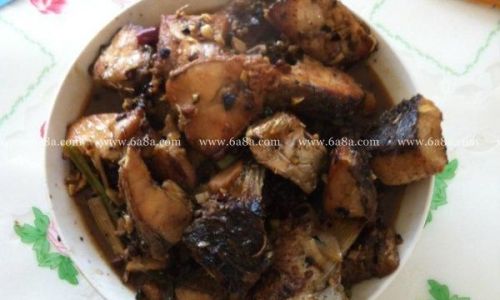
While the fish and rice cakes are still hot, you can add a final touch of flavor by sprinkling them with a mixture of finely chopped spring onions, sesame seeds, and a pinch of salt. This will enhance their aroma and provide a burst of freshness.
Section 3: Serving and Enjoying
The presentation of fried glutinous rice cake fish is as important as its taste. Serve the dish on a large platter, arranging the fish pieces and rice cakes attractively. Garnish with additional spring onions, sesame seeds, and perhaps a drizzle of chili oil or soy sauce for those who prefer a bit of extra heat or tang.
Accompany the dish with a side of steamed vegetables or a simple salad to balance the rich flavors of the fish and rice cakes. A bowl of fragrant rice or noodles can also make a satisfying meal.
As you take your first bite, savor the combination of textures and flavors. The crispy exterior of the fish and rice cakes should contrast beautifully with the tender, moist interior. The subtle sweetness of the glutinous rice cakes should harmonize with the savory taste of the fish, while the garlic and ginger marinade should provide a hint of aromatic depth.
Section 4: Variations and Innovations
While the traditional preparation of fried glutinous rice cake fish is a culinary gem, there is always room for creativity and innovation. Here are a few variations you might enjoy experimenting with:
- Spicy Version: Add a teaspoon of chili flakes or a few drops of chili oil to the marinade for a fiery kick.
- Herbal Infusion: Incorporate fresh herbs such as cilantro, dill, or parsley into the marinade or garnish for a refreshing twist.
- Cheesy Twist: Sprinkle a handful of grated cheese over the fish and rice cakes before frying for a fusion flavor that combines East and West.
- Dipping Sauce: Create a dipping sauce by mixing together soy sauce, rice vinegar, sesame oil, garlic, and a touch of honey or sugar for a sweet-and-savory contrast.
Conclusion: A Culinary Legacy
Fried glutinous rice cake fish is not just a dish; it is a culinary journey that connects past and present, tradition and innovation. It embodies the essence of Chinese cuisine, where simple ingredients are transformed into extraordinary meals through meticulous preparation and skillful cooking.
As you prepare this dish in your own kitchen, remember that it is not just about following a recipe but about creating a memory, a moment of joy shared with family and friends. The aroma of the frying oil, the sight of the golden-brown fish and rice cakes, and the taste of the finished dish will all contribute to a culinary experience that is as much about the heart as it is about the hands.
So, gather your ingredients, heat your oil, and embark on this culinary adventure. Let the art of frying glutinous rice cake fish become a part of your culinary heritage, a dish that you will cherish and share for generations to come.
This article has provided a comprehensive guide to the preparation of fried glutinous rice cake fish, from selecting the perfect ingredients to mastering the frying technique and exploring creative variations. May your culinary journey be filled with delight and discovery, and may each bite of this traditional dish bring you a sense of warmth and fulfillment.
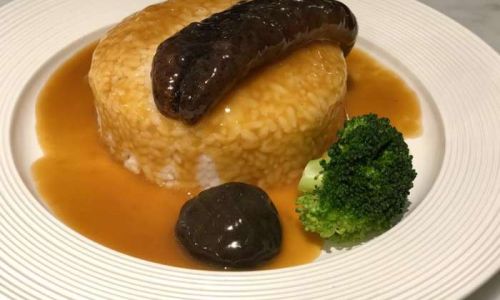
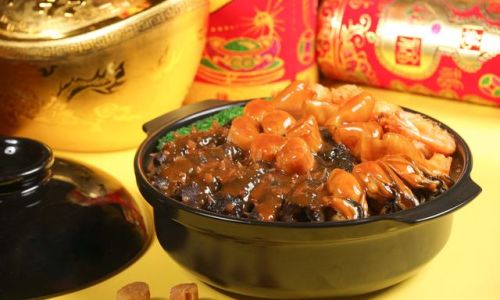
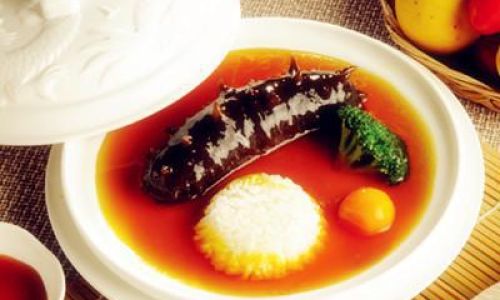

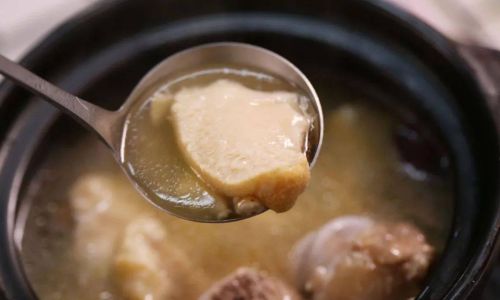
0 comments